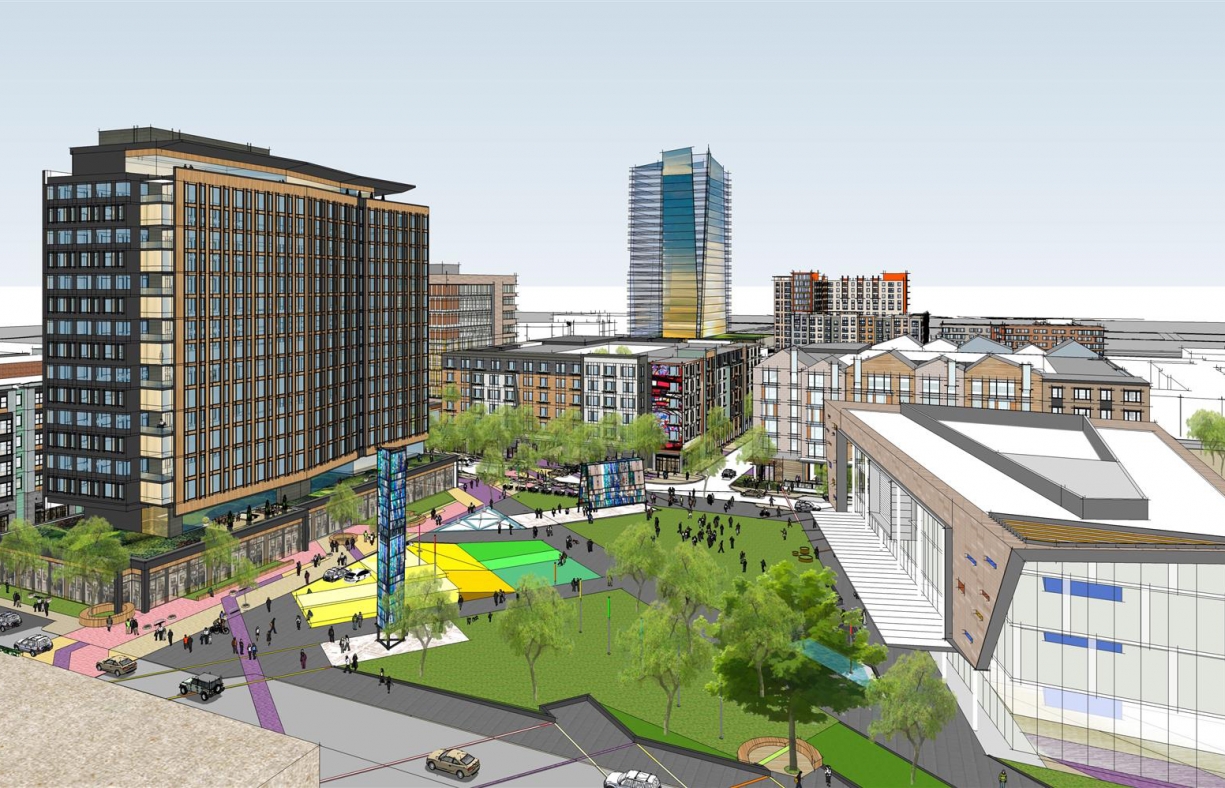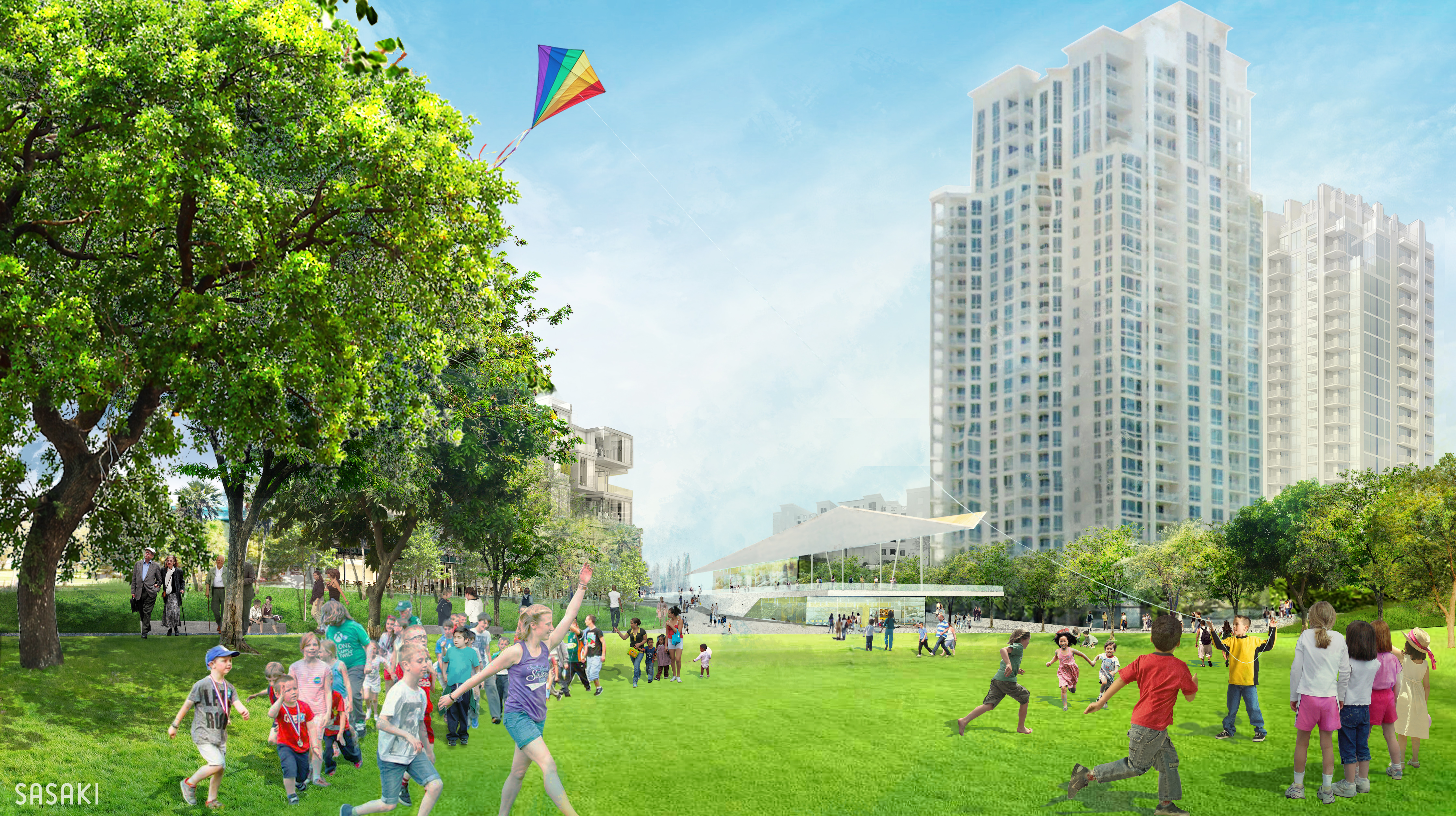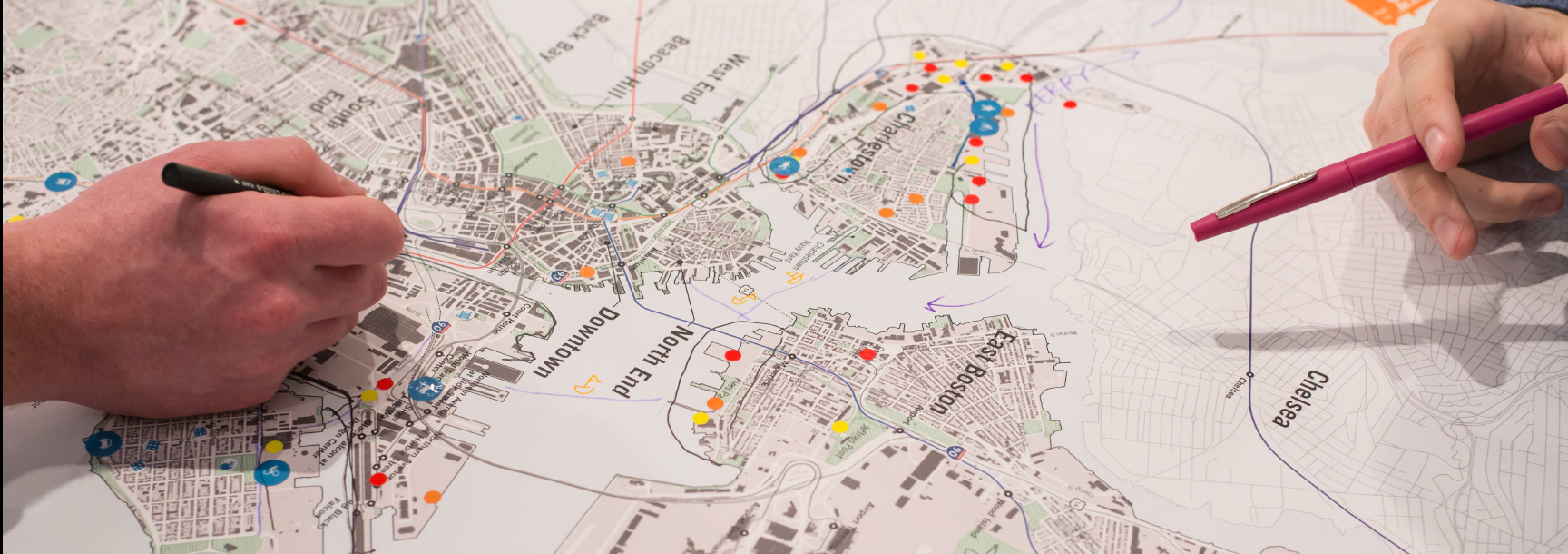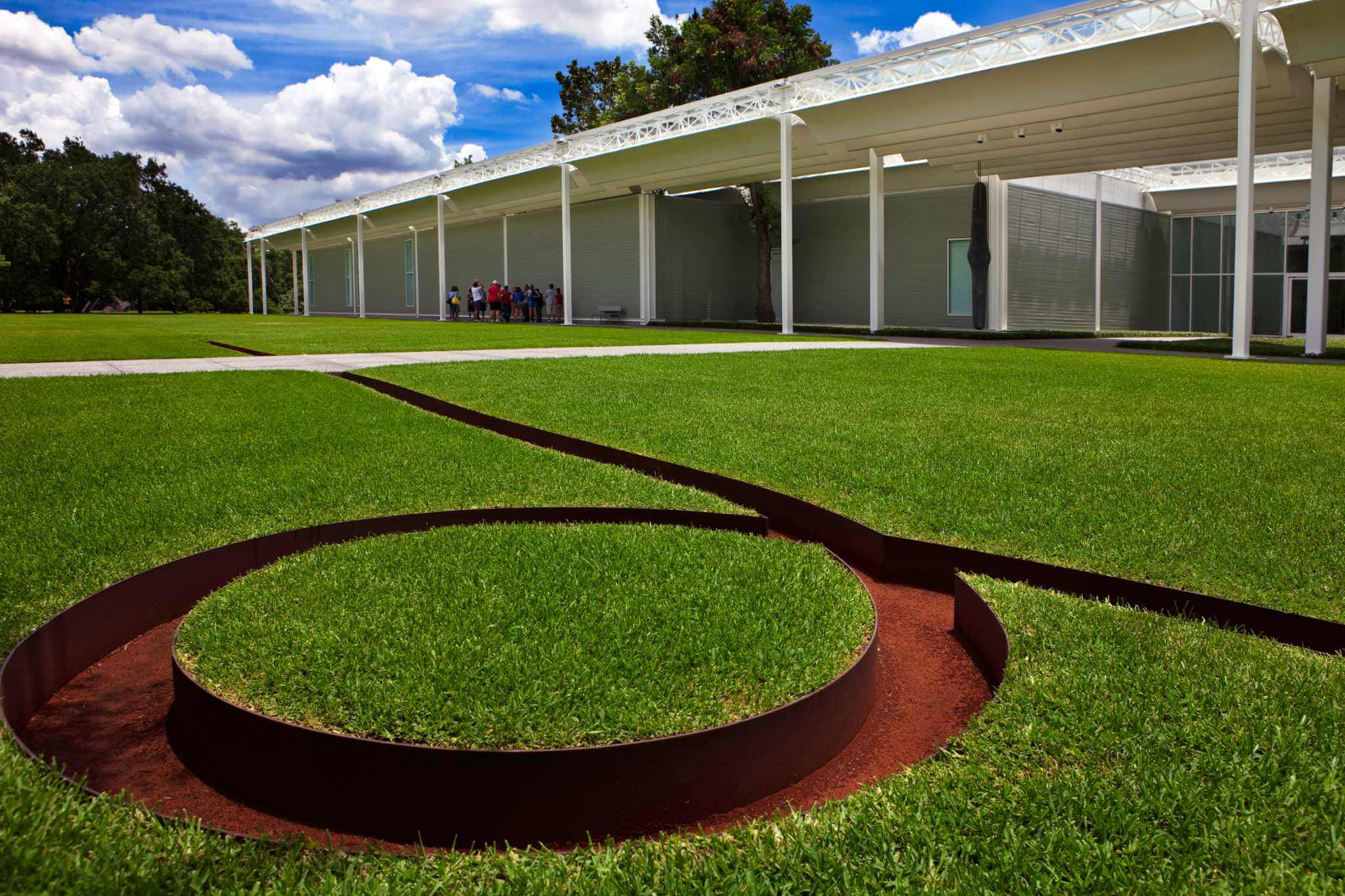By assessing its existing programs, MARTA gained new insight on strategies to improve the effectiveness of its transit-oriented development programs and affordable housing policies.
CHALLENGE
Five years after adopting new guidelines to frame its approach to transit-oriented development, MARTA’s board of directors sought to assess the program’s effectiveness in promoting dense, mixed-use development with a great public realm, and to identify areas for improvement. Additionally, the board required a more precise understanding of how the agency’s affordable housing policy affected the viability of joint development deals, and how to attract a larger pool of national developers to its joint development solicitations.
Solution
To understand the baseline performance of MARTA’s programs, HR&A reviewed regional and local development trends and plans, identified the performance and pain points of the agency’s existing joint development, and benchmarked the agency’s TOD and affordable housing programs with peer city agencies. HR&A also analyzed MARTA’s property portfolio for future TOD potential, giving MARTA the ability to prioritize appropriate stations for pre-solicitation market studies, feasibility analyses, and community visioning.
HR&A recommended the agency establish an independent contracting and procurement authority for MARTA’s real estate office, which would simplify the solicitation program and enable the real estate office to work at the pace of private development partners. To unlock more creative funding sources for affordable housing and build support community revitalization goals, HR&A recommended the agency strengthen partnerships with regional housing and economic development organizations and local municipal development partners.
Impact
MARTA demonstrated that its TOD program performs on par with peer agencies and identified actions to improve effectiveness. MARTA anticipates it will attract a greater pool of national development partners and improve development partnerships and outcomes.







